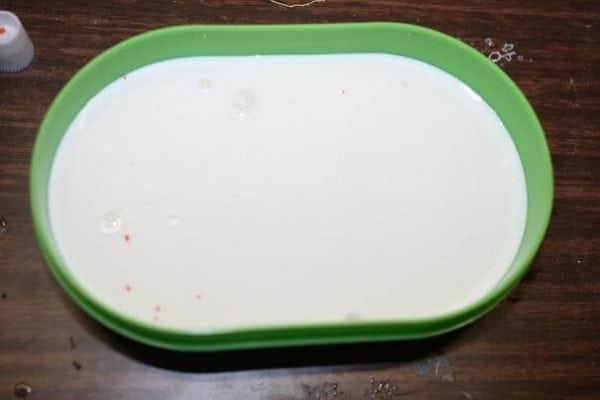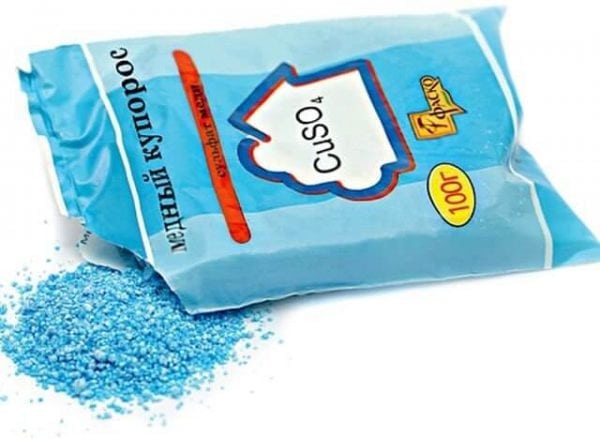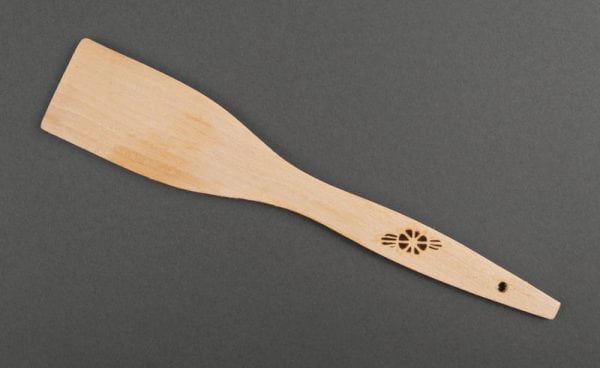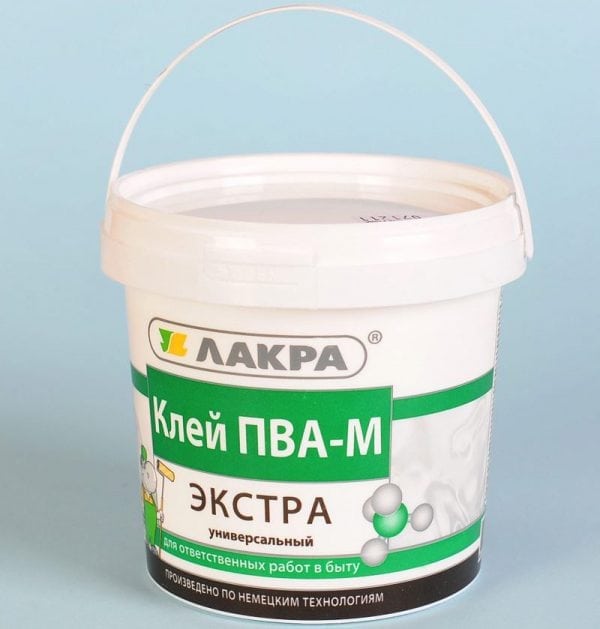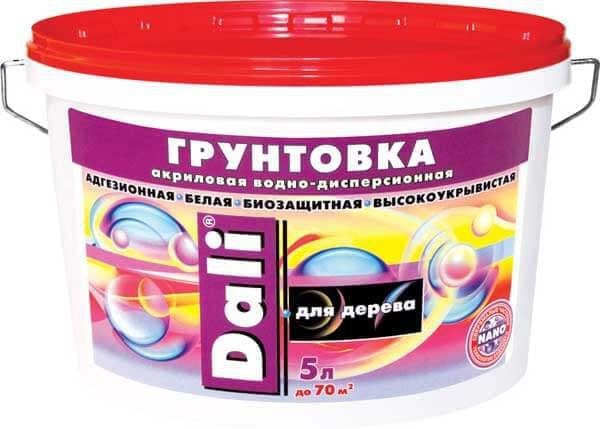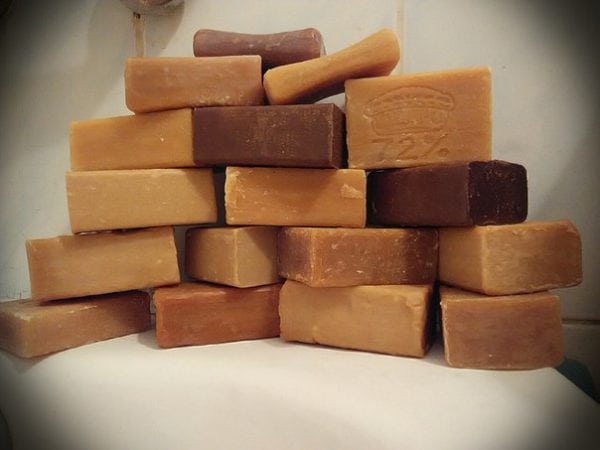In the repair process, you have to use many different building materials, mixtures and additional substances. All of them play their special role. For example, a primer helps to fix a layer of paint, plaster or wallpaper on the walls. This product is sold in specialized stores. However, it can also be prepared at home using PVA glue. How to make a primer with your own hands?
- The benefits of homemade products
- Classification and methods of preparation
- To strengthen
- Enhanced action
- For wooden structures
- For wallpaper
- Another view
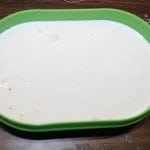
The benefits of homemade products
Why is it worth trying to make a primer with your own hands? Maybe it's better to go to a special store and buy it? This is the easiest option. However, such a primer is worth a lot.
The composition includes simple components. Their total cost will be significantly lower than that of the finished solution. The main thing is to correctly calculate the proportions and follow the recipe.
Classification and methods of preparation
There are several types of primer. All of them have their own unique composition and special effect on the work surface.
To strengthen
The primer for wall strengthening is made of three components:
- copper sulfate;
- wood glue;
- laundry soap 60%.
The proportions are 1: 5: 2, respectively. You also need to take a bowl, preferably enameled. It is not recommended after using this container to store food.
How to make a primer from these components:
- Pour ordinary water into the bowl. Boil it.
- Soap can be grated or simply chopped in another way.
- Combine soap with water. Cook over low heat until a homogeneous mass is formed. To speed up the process, stir with a wooden spatula.
- Introduce vitriol and glue into the solution.
- Cook over low heat for 30 minutes. To prevent lumps, stir occasionally.
- After the designated time, set aside and allow to cool for several minutes.
- Strain with a sieve. You can use gauze or a bandage folded in several layers.
- Once the solution has cooled, they can cover the walls.
to contents ↑Tip: If lumps still appear during the cooking process, you can remove them with a construction mixer or blender. After work, the tools must be thoroughly washed, otherwise they will quickly fail.
Enhanced action
Another type of primer is the composition of deep penetration. It helps protect walls from exposure to adverse environmental conditions. The main active ingredient is PVA glue. It better than other substances increases the strength of the walls, makes them waterproof.
Many people think that such positive qualities give the right to replace the primer with PVA. You do not need to do this, because over time, the film that it leaves on the wall can come off with the plaster. In addition, the glue becomes not so white over time, but acquires a yellowish tint. It can be displayed on the wallpaper and decorative coating.PVA glue can only be part of a deep penetration primer, and not replace it.
The primer from PVA is done with your own hands as follows:
- Before you make a primer from PVA, you need to prepare the main ingredients that make up its composition. These are PVA glue, pure water and cement. According to the recipe, PVA and water are taken in a ratio of 1: 8. Cement will need a little.
- Combine water and glue. Pour cement carefully. To stir thoroughly.
This deep penetration primer recipe is considered the easiest. The mixture does not need to be heated to a boil, and then boil, no need to wait until it cools. The deep penetration primer containing PVA, is ready for use immediately after its preparation.
This solution has one drawback. It can be stored for no longer than 24 hours. It is not possible to produce it in advance.
How to determine how correct were the proportions of a homemade primer for walls? There is one trick. Lubricate with a solution a small section of the wall and leave to dry completely. Then evaluate: the surface should not be covered with a dense film.
to contents ↑For wooden structures
In the repair, the most difficult is the processing of wood. Is it necessary to be primed or is it sufficient to apply one layer of special impregnation? There are several cases when a primer for wood will be invaluable:
- Wooden structure - part of the facade or touches the outer walls.
- There are defects that cannot be removed without putty or paint.
- The room in which the structure is located is not heated.
- The product will be coated with paints and varnishes.
In most cases, alkyd, acrylic, antiseptic or shellac primers of complex composition are used for wood. How to make a primer for a tree yourself at home is difficult to answer. Moreover, the wrong proportions of the ingredients that make up the composition can only spoil the wooden structure.
For wallpaper
When stickering wallpaper for priming walls, you can use a tool based on wallpaper glue. It is part instead of PVA. In their properties, these two types of glue are very similar. They provide reliable protection and deep penetration of the active substance. In addition, using wallpaper glue, you do not need to wait for the applied layer to dry. Wallpaper can be glued directly to the primer.
Another view
With your own hands you can prepare an adhesive primer. It is used in situations where it is necessary to ensure deep penetration of the substance and increased adhesion of materials for decoration with the wall.
Composition:
- 200 g of laundry soap;
- dry masking adhesive in an amount of 200 g;
- 250 g of aluminum alum;
- 2 kg of chalk;
- 30 g of drying oil.
How to make a self-adhesive primer for walls with your own hands:
- Alum pour hot water (1 liter).
- Take a separate bowl. Dissolve glue in it.
- Put on low heat. Stirring, combine with soap, alum and drying oil.
- Pour in chalk. Mix well.
- Add water if necessary.
24 hours after manufacture, the solution will lose its properties.
Do not get upset and rush to the store if the primer is over during the repair process. You can cook it yourself. If you strictly adhere to the recipe, you can get a pretty high-quality tool. For home cooking, the easiest recipe involves using PVA glue. Before you start cooking with your own hands, you need to carefully study the recipe and calculate the proportions.

